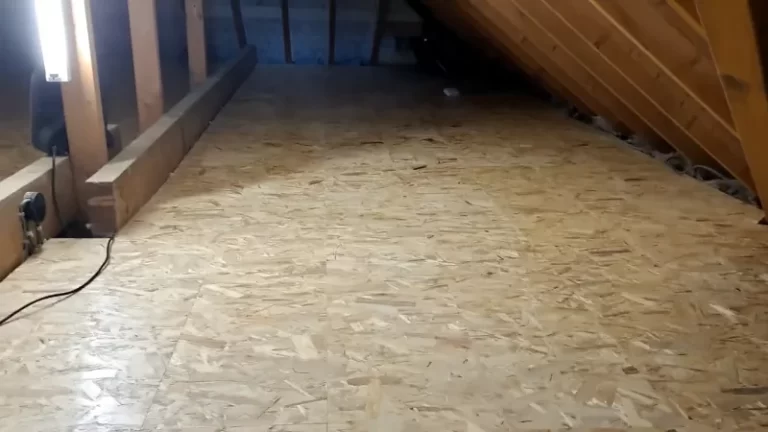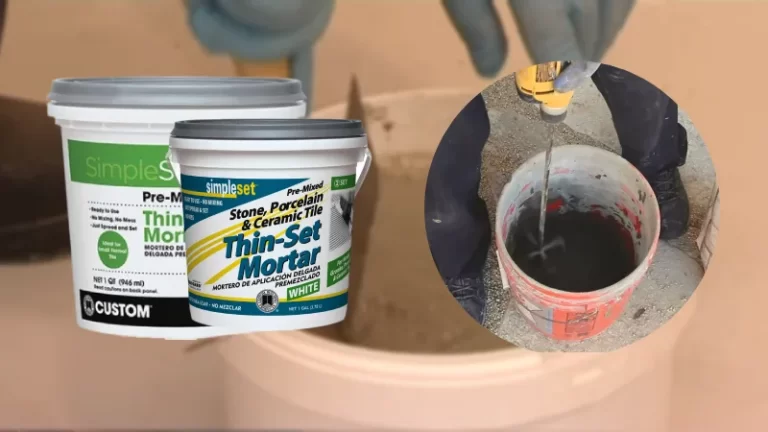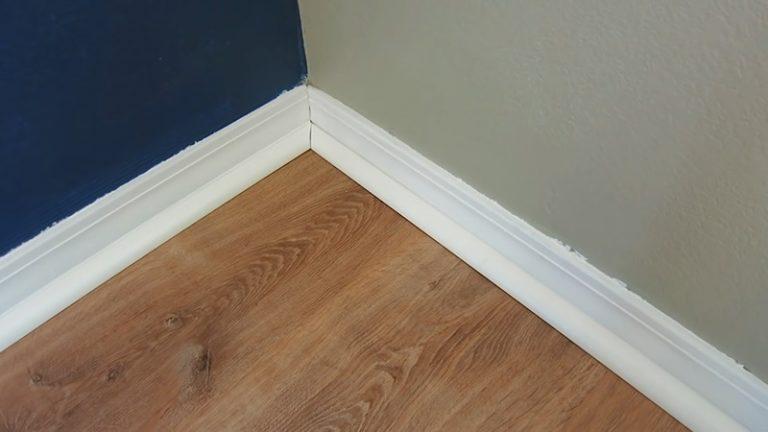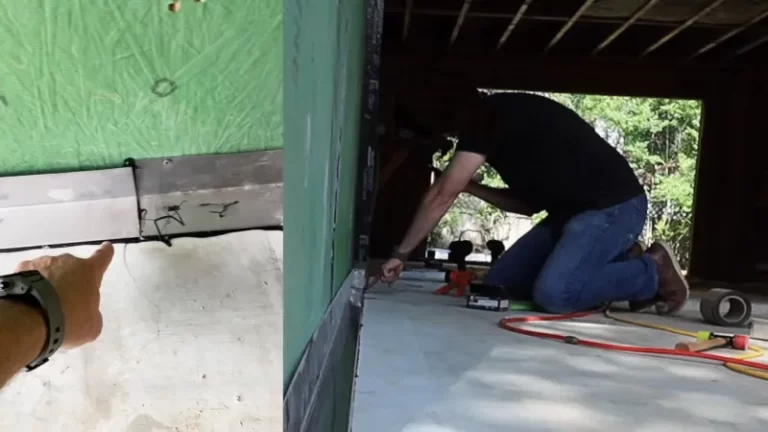19/32 vs 5/8 OSB Sheeting: A Comprehensive Comparison
When undertaking a construction or renovation project, selecting the right materials is crucial for ensuring the longevity and stability of the structure.
One of the choices that often comes up is between different thicknesses of Oriented Strand Board (OSB) sheeting. Two common thicknesses are 19/32 inch and 5/8 inch, each with its own set of advantages and applications.
This comprehensive comparison will help you understand the key differences between these two OSB thicknesses and guide you in making an informed decision for your project.
Understanding OSB Sheeting
Before diving into the specifics of 19/32 vs 5/8 OSB sheeting, it’s important to understand what OSB is and why it’s used in construction. Oriented Strand Board is a type of engineered wood product made from strands of wood arranged in layers.
These layers are oriented in different directions and bonded together with adhesives under high pressure and temperature. OSB is valued for its strength, durability, and cost-effectiveness, making it a popular choice for sheathing, flooring, and other structural applications.
Thickness Matters
When it comes to OSB sheeting, thickness plays a significant role in determining its suitability for various applications.
The thickness of OSB sheeting is typically measured in inches, with 19/32 inch and 5/8 inch being common options. Although these two thicknesses might seem quite similar, there are important differences to consider.
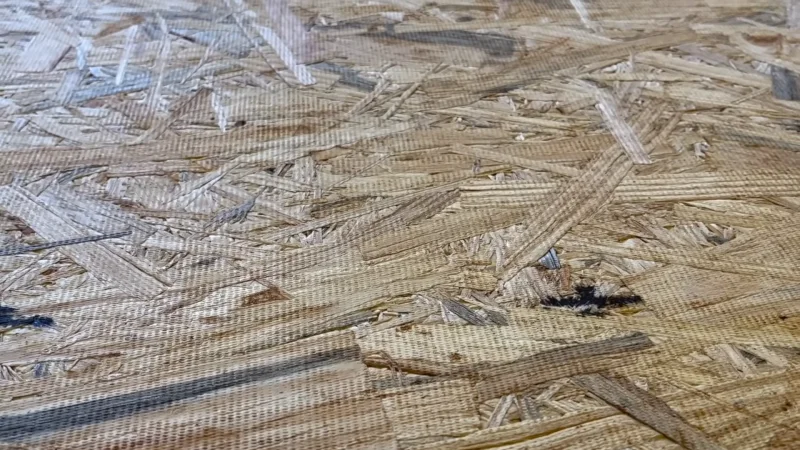
1. 19/32 Inch OSB Sheeting
A. Strength and Load-Bearing Capacity
19/32 inch OSB sheeting, also referred to as 0.594 inch thick, offers a slightly greater thickness compared to 5/8 inch sheeting. This increased thickness can enhance the load-bearing capacity of the board, making it suitable for applications where additional strength is required. For instance, it might be preferred for subflooring in areas with heavy foot traffic or for roof decking in locations with substantial snow loads.
B. Impact Resistance
The added thickness of 19/32 inch OSB can contribute to better impact resistance. This means it is less likely to warp or deform under heavy impacts, which can be beneficial in high-traffic areas or environments where the sheeting might be subjected to physical stress.
C. Insulation and Soundproofing
Although OSB is not primarily used for insulation, the additional thickness of 19/32 inch sheeting can offer marginally better soundproofing compared to 5/8 inch sheeting. This is due to the increased material mass, which can help in reducing noise transmission through walls or floors.
D. Cost and Availability
Typically, 19/32 inch OSB sheeting is slightly more expensive than 5/8 inch sheeting. This price difference can be attributed to the additional material used and the manufacturing process. Availability can also vary depending on your location and local suppliers.
E. Applications
Subflooring
- 19/32 Inch OSB: Suitable for standard subflooring applications, especially in residential buildings.
- 5/8 Inch OSB: Preferred for subfloors that require additional strength and rigidity, such as in high-traffic areas or commercial buildings.
Wall Sheathing
- 19/32 Inch OSB: Adequate for most wall sheathing applications, providing necessary support for siding and structural integrity.
- 5/8 Inch OSB: Offers slightly better resistance to bending and deflection, making it a good choice for taller walls or walls with high wind exposure.
Roof Sheathing
- 19/32 Inch OSB: Often meets the minimum requirements for roof sheathing but may require closer joist spacing.
- 5/8 Inch OSB: Preferred in regions with heavy snow loads or where greater spacing between rafters or trusses is desired.
F. Moisture Resistance
Both thicknesses of OSB can be treated for improved moisture resistance, but generally:
- 19/32 Inch OSB: Thinner profile may be more susceptible to swelling if exposed to moisture for extended periods.
- 5/8 Inch OSB: Slightly thicker, offering marginally better resistance to moisture and reduced likelihood of edge swelling.
G. Installation Considerations
- Handling and Cutting: Both 19/32 inch and 5/8 inch OSB can be handled and cut with standard tools. The slightly thinner 19/32 inch OSB may be easier to maneuver and cut.
- Fastening: Both thicknesses can be nailed or screwed down using standard construction practices. The increased thickness of 5/8 inch OSB provides a bit more material for fasteners to grip.
2. 5/8 Inch OSB Sheeting
A. Strength and Load-Bearing Capacity
5/8 inch OSB sheeting, also known as 0.625 inch thick, is a bit thinner than 19/32 inch sheeting. While it may not offer the same level of load-bearing capacity, it still provides sufficient strength for many applications. It is often used in areas where extreme loads are not a concern but where standard durability is required.
B. Impact Resistance
While 5/8 inch OSB sheeting offers good impact resistance, it may not be as robust as the 19/32 inch variant. However, it is still suitable for most standard applications where excessive impact is not a major issue.
C. Insulation and Soundproofing
The thinner profile of 5/8 inch OSB sheeting means that it offers slightly less soundproofing compared to 19/32 inch sheeting. For applications where noise reduction is important, you might need to consider additional insulation or soundproofing materials.
D. Cost and Availability
5/8 inch OSB sheeting is generally more affordable than 19/32 inch sheeting. This makes it a cost-effective option for many standard construction projects. Additionally, it is widely available at most home improvement stores and lumber yards.
E. Applications
5/8 inch OSB sheeting is commonly used in a variety of applications, including:
- Sheathing for Walls: Providing a stable base for siding or exterior finishes.
- Flooring: Used in residential and commercial flooring systems.
- Roof Decking: Suitable for many roofing applications where extreme loads are not a concern.
Comparing the Two Thicknesses
Structural Integrity
When comparing 19/32 inch vs 5/8 inch OSB sheeting, the primary difference lies in their structural integrity.
The additional thickness of 19/32 inch sheeting provides enhanced load-bearing capacity and impact resistance, making it suitable for more demanding applications. On the other hand, 5/8 inch sheeting offers adequate strength for most standard uses and is a cost-effective option.
Cost Efficiency
In terms of cost efficiency, 5/8 inch OSB sheeting is generally more budget-friendly. If your project does not require the added strength of 19/32 inch sheeting, opting for the thinner variant can help save money without compromising performance.
Ease of Handling and Installation
Thinner OSB sheeting, such as 5/8 inch, is generally easier to handle and install due to its lighter weight. This can be an advantage in projects where ease of handling is important.
However, the difference in weight between 5/8 inch and 19/32 inch sheeting is not substantial, so both options are relatively manageable.
The weight of OSB sheeting increases with thickness:
- 19/32 Inch OSB: Lighter than 5/8 inch OSB, which can make it easier to handle and install.
- 5/8 Inch OSB: Heavier due to the increased thickness, offering potentially better durability and sound insulation.
Durability
Both thicknesses offer good durability, but the increased thickness of 19/32 inch OSB sheeting can provide additional long-term stability and resistance to wear and tear.
If your project is expected to endure heavy use or environmental stress, the added durability of 19/32 inch sheeting may be beneficial.
Making the Right Choice
Choosing between 19/32 inch and 5/8 inch OSB sheeting depends on several factors, including the specific requirements of your project, budget considerations, and desired performance characteristics. Here are some key points to consider when making your decision:
Project Requirements
Assess the demands of your project to determine which thickness is more suitable. For applications requiring higher load-bearing capacity, impact resistance, or durability, 19/32 inch sheeting may be the better choice.
For standard applications where cost and ease of installation are primary concerns, 5/8 inch sheeting is likely sufficient.
Budget Constraints
Consider your budget and how the cost difference between the two thicknesses will impact your overall project expenses. If cost is a major factor and the additional strength of 19/32 inch sheeting is not necessary, opting for 5/8 inch sheeting can provide a more economical solution.
Local Building Codes
Check local building codes and regulations to ensure compliance with the required specifications for your project. Building codes may specify minimum thicknesses for certain applications, so it’s important to adhere to these requirements.
Future Considerations
Think about the long-term implications of your choice. If your project is expected to experience significant wear or environmental stress, investing in the thicker 19/32 inch sheeting may provide added peace of mind and longevity.
Table of Comparison
| Aspect | 19/32 Inch OSB | 5/8 Inch OSB |
|---|---|---|
| Nominal Thickness | 19/32 inch | 5/8 inch |
| Actual Thickness | ~0.594 inch | ~0.625 inch |
| Structural Strength | Adequate for most needs | Slightly better load-bearing |
| Weight | Lighter | Heavier |
| Cost | Lower | Slightly higher |
| Code Compliance | Meets most residential codes | Often required for roofing |
| Subflooring | Suitable for standard use | Preferred for added rigidity |
| Wall Sheathing | Adequate for most applications | Better for taller walls |
| Roof Sheathing | Meets basic requirements | Preferred in heavy load areas |
| Moisture Resistance | More susceptible to swelling | Better resistance |
| Handling and Cutting | Easier to handle | Slightly harder to handle |
| Fastening | Standard practices | Provides better grip for fasteners |
Conclusion
Both 19/32 inch and 5/8 inch OSB sheeting offer valuable benefits and can be suitable for various applications. The choice between the two should be based on factors such as load-bearing requirements, impact resistance, cost considerations, and project specifications.
By carefully evaluating these factors, you can make an informed decision that ensures the success and durability of your construction or renovation project.

